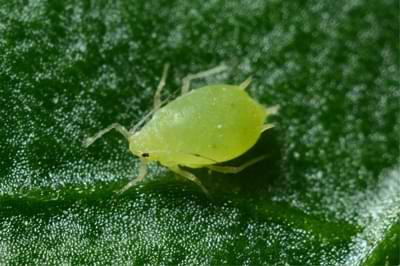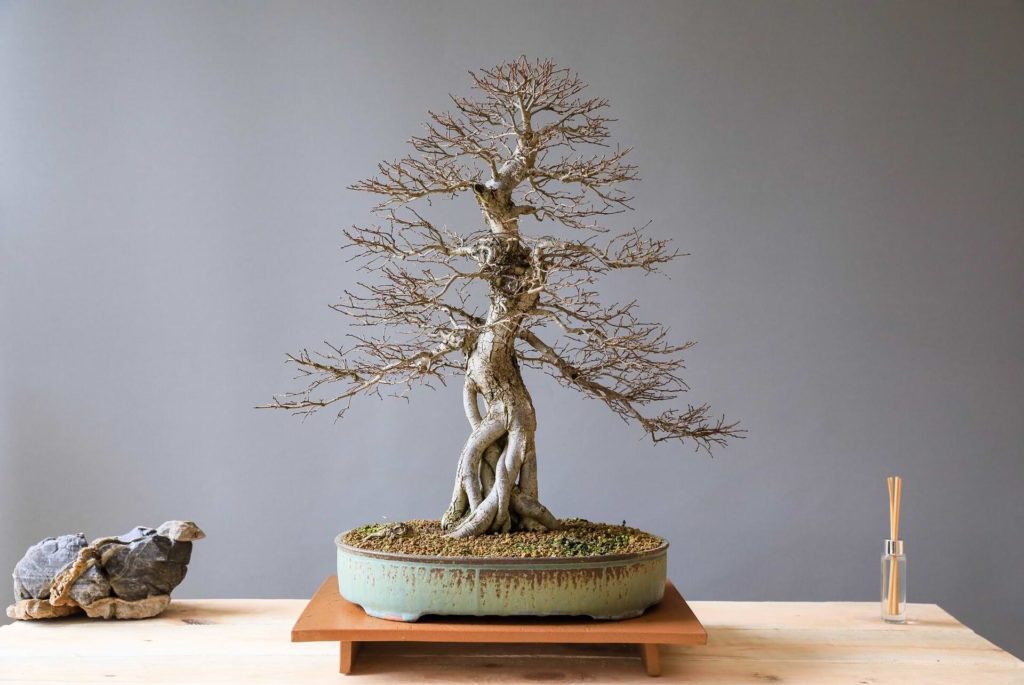Number 6 May Be Lurking in Your Bonsai’s Soil Right Now!
Did you know bonsai—like humans—can be stressed?
Just like that bully from high school, pests and diseases love to kick your bonsai while it’s down.
No, you won’t find your bonsai in front of the fridge stress-eating ice cream. But signs of a stressed bonsai aren’t too hard to spot:
Wilted and droopy leaves and branches, a loose trunk that doesn’t stay firmly in place when you wiggle it, and swollen bark are all signs your bonsai may be stressed and in need of some TLC.
How to Keep Your Bonsai Stress-Free & Happy
Healthy, happy, and hearty bonsai are far less likely to have infestations and infections. That may sound super high-maintenance, but fear not! Here are some simple ways to keep your bonsai stress-free:
- Water. The soil should always be a bit moist to the touch. And the water should be able to drain through the soil to make sure it’s drenching the entire root system.
- Humidity and light. Lots of sunlight! Many species of bonsai love a high humidity habitat. Try a moisture tray during drier months to help your bonsai thrive.
- Soil. Tidy up the soil of fallen flower blooms or leaves. They love well-draining soil that allows water to flow throughout and allows air to circulate.
- Repot and shape. As your bonsai grows, carefully prune and shape the branches. Repotting allows the roots to have some growing space to spread out and deliver nutrients to the entire tree.
Using these simple bonsai up-keep practices does wonders for your plant—and hopefully protects it from pests and diseases.
13 Common Bonsai Pests and Diseases
Even a healthy bonsai can become infected with insects or become diseased due to climate conditions that are out of your control. So no need to feel guilty!
If your bonsai is looking droopy and sad, here are some signs that your bonsai may be infected with pests or disease:
- Yellow leaves that fall off out of normal season
- Wilted or dried leaves
- Very slow growth
- “Die-back”—leaves that dry out at the very tip and move back toward the branch
If your bonsai is experiencing these problems, don’t stress. It’s important to figure out if your sick plant has a disease or if a pest is to blame.
Pests are usually easy to spot. Even the smallest pests can be seen and identified if you gently shake your bonsai leaf over a piece of white paper.
Here are the 13 common bonsai pests and diseases:

- Aphids: These tiny insects have pear-shaped bodies and suck sap from your bonsai. You can usually find aphids crowded together on the underside of the leaves. They secrete sugary “honey dew” droplets that ants and mold love to feed on.
- Black spot: This is a fungus that appears on the leaves of your bonsai. What starts out as black spots grows into patches over time.
- Canker disease: This can look like pale leaves, slow growth, and swollen bark. Some potential causes are too much nitrogen in the fertilizer or an unhealed wound after pruning.
- Caterpillars: While cute, these bugs are very harmful to the bonsai. You can tell your bonsai has a caterpillar if you see leaves have been eaten or there is silk between the branches.
- Chlorosis: This is a mineral deficiency in the soil that can be identified by a yellowish color in the leaves. When there’s not enough magnesium or iron in the soil, your bonsai isn’t able to produce enough chlorophyll, and this weakens your tree.
- Mealybugs: These small oval-shaped bugs hide in any cool, dark place on your bonsai. Some common hiding spots are the root system or in the nook between a leaf and a branch.
- Mildew: This fungus can grow on your bonsai’s leaves and branches when it’s humid and there’s not enough light or air circulation. It’s powdery and white and can weaken your bonsai.
- Red spider mites: These mites that look like tiny red spiders are usually found on the underside of leaves. They prefer older leaves and spin a fine, silky web on the bottom of the leaf to protect their tiny white eggs.
- Root rot: Root rot is caused by over-watering and lack of good drainage. If infected, your bonsai’s fine white roots will turn brown and soft, its leaves will discolor, branches will weaken, and growth will be stunted.
- Rust: Rust is a fungus that produces orange and brown spots on the underside of leaves. It looks like rusted metal and causes your bonsai to lose leaves.
- Scales: These oval-shaped brown insects may look like bumps on the bark at first glance. They also love to congregate on the underside of leaves and where the leaf meets the bark.
- Slugs or snails: These creatures can be harmful to your bonsai because they spread fungus, mold, and disease. They like warm and damp weather best and leave behind slime trails on leaves and branches that are easy to spot.
- Vine weevils: When adult vine weevils eat the leaves of a bonsai, you’ll see “notches” around the edges of leaves or holes in the center. These bugs are small, only about 10mm, and are black with yellow or white spots on their back. Their babies can be found burrowed in the soil, eating the roots of the plant.
If you notice your bonsai looking a little off, it’s time to investigate! One or more of the common bonsai pests or diseases could be plaguing it. The earlier the detection, the better when dealing with these issues.
A good rule of thumb is to isolate your sick bonsai so pests and diseases don’t make their way to your other plants.
Most of the time there are easy fixes to help your bonsai thrive. Proper watering, sunlight, and nutrient-rich soil are a few simple ways to help your plant avoid common bonsai pests and diseases.
Want to show your plants some love? Check out some of my personal favorite products in our Bonsai store. Your bonsai will thank you!
Join The Bonsai World
At The Bonsai Resource Center, our goal is to equip you with everything you need to grow and maintain a truly beautiful bonsai tree. This is our passion, and we want it to be yours as well! Whether you are a bonsai beginner or are looking to hone your skills, check out our other articles and visit our shop for all your bonsai needs. And connect with other bonsai lovers in our Facebook Group—we look forward to seeing you there!



